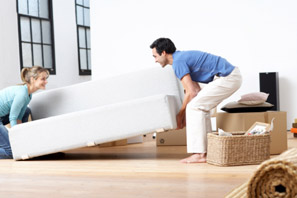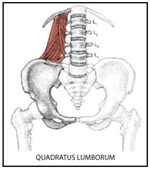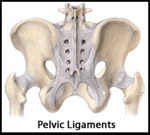 As a Neuromuscular Therapist, how do I think about back injuries caused by lifting and shoveling?
As a Neuromuscular Therapist, how do I think about back injuries caused by lifting and shoveling?
(Find information below on lumbar muscles, side-body muscles, supporting low back structures, gluteal muscle involvement and joint compression. More information is in the blog on “Understanding low back pain.”)
It’s a common event to injure the low back muscles when lifting is done improperly. Every Physical Therapist and Occupational Therapist will tell you to lift with your legs, not with your back, keeping the weight close to your body as you stand up. With shoveling, you will be advised to turn your whole body rather than twisting at the waist. Pain tends to be dominant on one side both because we use the stronger side more and because we tend to twist before throwing the load. By the way, that’s one of the best ways to herniate a disc, lifting from a twisted position! Discomfort often goes up the side-body from bending to one side during the lift and from overloading the muscles on that side. Why does the low back get injured? Remember that ad where the person said they bent over and couldn’t get up? If the muscles are already tight, it doesn’t take much to cause a spasm.
 My first concern is for the muscles of the lumbar spine. The most common injury is to a little muscle called the quadratus lumborum (QL – from the Latin meaning four-sided lumbar muscle). Symptoms are felt turning over in bed, sitting up straight or walking, and laughing, coughing or sneezing. When the muscle is harboring a Trigger Point, pain can be referred into the SI joint (where the sacrum joins the hip bone) along the hip (iliac crest) at the waist, and into the lower buttock, posterior thigh, abdomen and groin. Do you see the symptoms described by the patient in the case of Dave B.?
My first concern is for the muscles of the lumbar spine. The most common injury is to a little muscle called the quadratus lumborum (QL – from the Latin meaning four-sided lumbar muscle). Symptoms are felt turning over in bed, sitting up straight or walking, and laughing, coughing or sneezing. When the muscle is harboring a Trigger Point, pain can be referred into the SI joint (where the sacrum joins the hip bone) along the hip (iliac crest) at the waist, and into the lower buttock, posterior thigh, abdomen and groin. Do you see the symptoms described by the patient in the case of Dave B.?

 My second concern is about the side-body, the “lats”(latissimus dorsi) and the muscles between the ribs (intercostals). In Dave’s case, he had pain at waist level and the right side of his back. During treatment pain referred to his shoulder and he felt significant local pain where the lats attach to the hip.
My second concern is about the side-body, the “lats”(latissimus dorsi) and the muscles between the ribs (intercostals). In Dave’s case, he had pain at waist level and the right side of his back. During treatment pain referred to his shoulder and he felt significant local pain where the lats attach to the hip.
My third concern is the pain in the muscles, ligaments and connective tissue that move and support the lowest part of the spine. Connective tissue crosses over the crest of the hip and onto the sacrum, connecting the back to the gluteal muscles and the sacroiliac joint. There is a thick conglomeration of these tissues right at the base of the spine where the vertabrae meet the sacrum and more just across the bones into the soft tissue of the gluteals. There is always strain here during a lifting injury.

My fourth concern is joint compression or movement causing firing of the nerves within the joints. When muscles get strained beyond their limit, the ligaments have to stiffen to protect the joint. This action compresses the joint and can cause pain. Muscles in spasm can also cause movement of joints and a joint out of place is a problem.